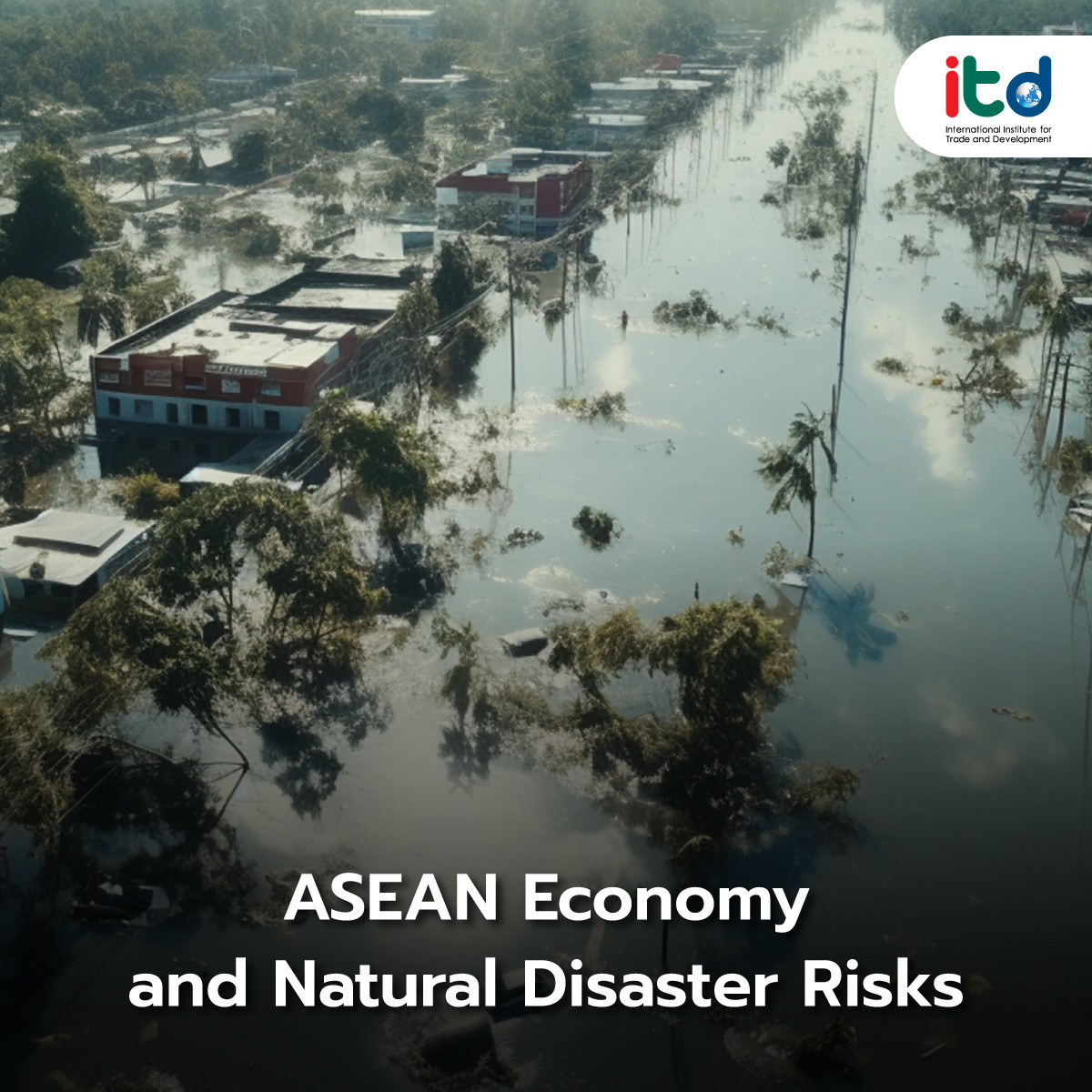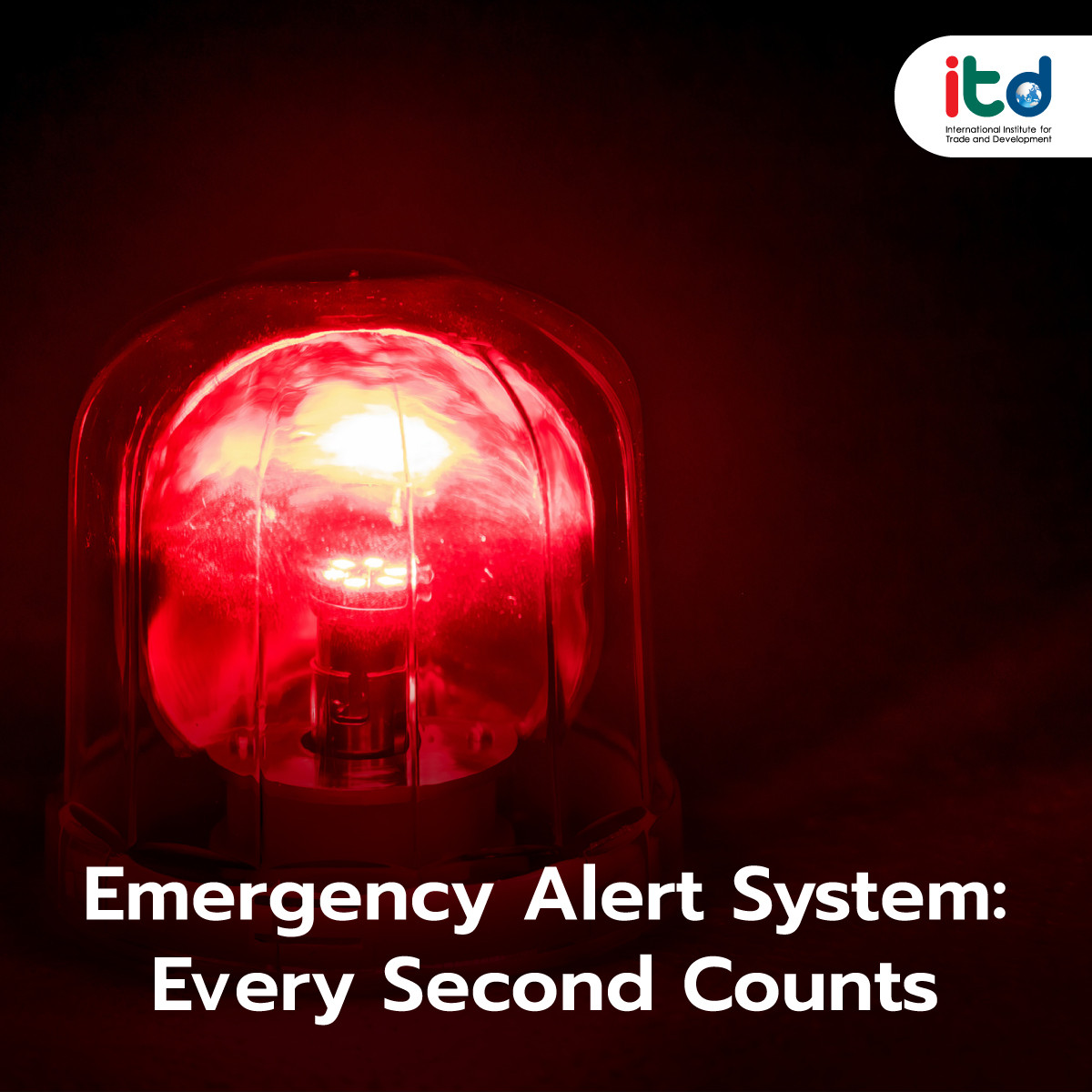About Documents
At present, ASEAN is one of the fastest-growing economic regions in the world. However, natural disasters play a significant role in slowing down its economic development. Therefore, the ability to manage disasters and the development of infrastructure that can withstand various crises are crucial for promoting sustainable economic growth in the region.
ASEAN is among the regions most affected by natural disasters globally, particularly floods, typhoons, and droughts, which directly impact the infrastructure and supply chains of member states. According to ASEAN reports, more than 50% of its population, or over 300 million people, live in areas vulnerable to cyclones.
Frequent disasters, such as floods, affect 13% of ASEAN’s population and result in economic losses, including damage to physical assets, amounting to more than USD 926 billion. Therefore, disaster risk management has become increasingly important to develop resilient infrastructure capable of responding effectively to crises.
To enhance resilience to the economic impacts of natural disasters, ASEAN member states must develop infrastructure and supply chains that can absorb, adapt to, and recover from disasters quickly. Having modern infrastructure, such as electricity systems connected to clean water systems, telecommunications, and efficient transportation networks, will help mitigate the economic impact of disasters.
Some member states, such as Indonesia and the Philippines, have advanced technologies and early warning systems for disaster risk management. However, other countries lack the resources to develop disaster-resilient infrastructure, leading to economic slowdowns.
ASEAN has several agreements and frameworks that play an important role in stabilizing the economy and managing risks, such as the ASEAN Agreement on Disaster Management and Emergency Response and the ASEAN Disaster Resilience Outlook.
To prepare member states and develop infrastructure that can effectively cope with the impact of natural disasters, ASEAN should implement the following policies and measures:
1. Risk Management Information Systems: Establish frameworks focused on data utilization and accurate decision-making for infrastructure management during emergencies, enhancing the decision-making capabilities of officials responsible for national infrastructure.
2. Risk Assessment Maps: ASEAN member states should develop mapping tools that provide data on infrastructure damage and resilience, aiding in long-term economic recovery planning.
3. Capacity Building and Information Sharing: ASEAN countries should focus on developing management skills and creating a network for sharing information among member states to respond to disasters and recover economically quickly and efficiently.
For Thailand, participation in ASEAN’s infrastructure development projects that respond swiftly to crises will strengthen economic stability and competitiveness in the region. Furthermore, sharing knowledge and technology on water and energy management from ASEAN countries, such as the use of renewable energy and advanced water management systems, will enhance ASEAN’s competitiveness in the global market and ensure long-term economic stability.
ASEAN’s economic development must consider the risks posed by natural disasters. Developing infrastructure that can quickly respond to and recover from crises will not only strengthen the region’s economic stability but also ensure the long-term sustainability and resilience of ASEAN’s economic systems.
Author:
Ms. Namphueng Tassanaipitukkul
Senior Researcher
International Institute for Trade and Development (Public Organization)
www.itd.or.th
Publication: Bangkok BIZ Newspaper
Section: First Section/World Beat
Volume: 37 Issue: 12741
Date: Wednesday, October 2, 2024
Page: 8 (bottom-left)
Column: “Asean Insight”






